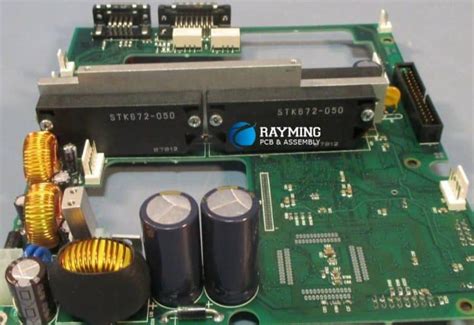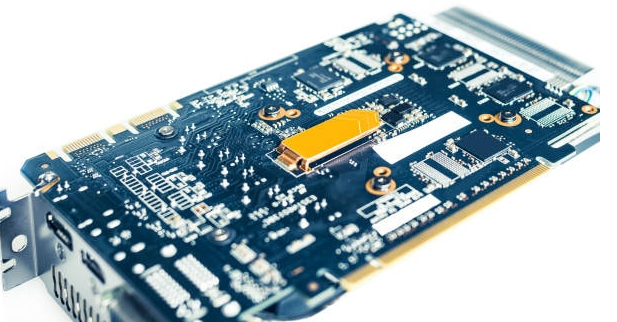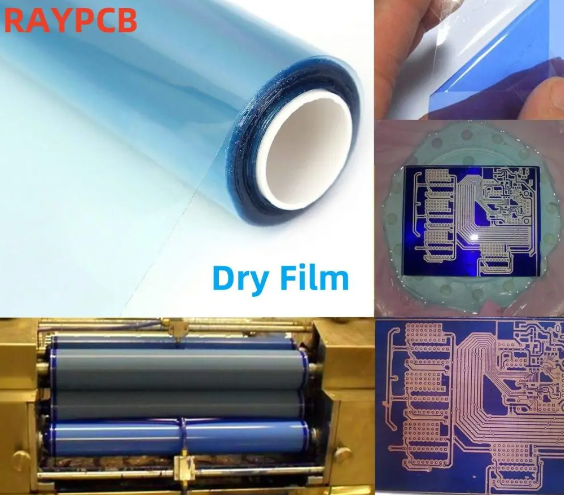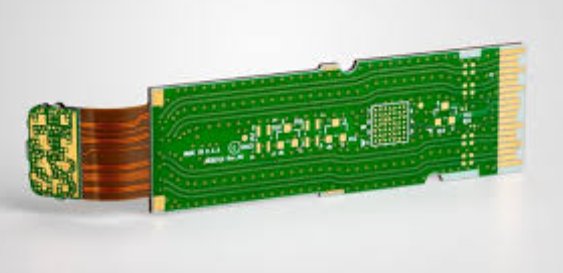First article inspection pcb assembly
Importance Of First Article Inspection In PCB Assembly
In the realm of electronics manufacturing, the assembly of printed circuit boards (PCBs) is a critical process that demands precision and accuracy.
One of the most vital steps in ensuring the quality and reliability of PCB assemblies is the First Article Inspection (FAI). This process serves as a cornerstone for quality assurance, providing a comprehensive evaluation of the initial production run to verify that all specifications and requirements are met before full-scale manufacturing commences.
First Article Inspection is essential for several reasons.
Primarily, it acts as a safeguard against potential defects and discrepancies that could arise during the production process. By meticulously examining the first assembled PCB, manufacturers can identify and rectify any issues related to design, materials, or assembly techniques. This proactive approach not only prevents costly rework and delays but also enhances the overall quality of the final product. Moreover, FAI helps in validating the manufacturing process itself, ensuring that it is capable of consistently producing PCBs that meet the desired standards.
Furthermore, FAI plays a crucial role in maintaining compliance with industry standards and customer specifications.
In many cases, PCB assemblies are subject to stringent regulatory requirements, and any deviation from these standards can lead to significant consequences, including product recalls or legal liabilities. Through a thorough first article inspection, manufacturers can demonstrate their commitment to quality and compliance, thereby fostering trust and confidence among their clients and stakeholders.
In addition to quality assurance and compliance, FAI also facilitates effective communication between manufacturers and their clients.
By providing a detailed report of the inspection findings, manufacturers can offer transparency and clarity regarding the production process. This open line of communication allows clients to provide feedback and make informed decisions about any necessary adjustments or improvements. Consequently, this collaborative approach not only strengthens the manufacturer-client relationship but also contributes to the successful execution of the project.
Moreover, the insights gained from FAI can lead to process improvements and innovation.
By analyzing the data collected during the inspection, manufacturers can identify trends and patterns that may indicate areas for enhancement. This continuous improvement mindset encourages the adoption of best practices and the implementation of advanced technologies, ultimately leading to more efficient and cost-effective production processes.
It is also worth noting that FAI is not a one-time event but rather an integral part of the ongoing quality management system.
As products evolve and new designs are introduced, the need for first article inspections remains constant. This iterative process ensures that any changes in design or materials are thoroughly evaluated before being integrated into the production line, thereby minimizing the risk of defects and ensuring the consistent delivery of high-quality products.
In conclusion, the importance of First Article Inspection in PCB assembly cannot be overstated. It serves as a critical checkpoint in the manufacturing process, ensuring that all aspects of the assembly meet the required standards and specifications. By identifying and addressing potential issues early on, FAI not only enhances product quality and compliance but also fosters effective communication and continuous improvement. As the electronics industry continues to advance, the role of FAI will remain indispensable in delivering reliable and high-performing PCB assemblies.
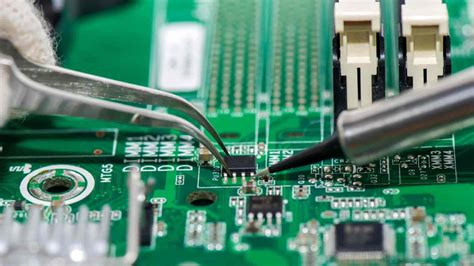
Key Steps In Conducting First Article Inspection For PCB Assembly
First article inspection (FAI) is a critical process in the realm of printed circuit board (PCB) assembly, serving as a cornerstone for quality assurance and product reliability. This meticulous procedure involves a comprehensive examination of the initial sample from a production run to ensure that it meets all specified requirements and standards. Conducting a successful FAI for PCB assembly involves several key steps, each of which plays a vital role in verifying the integrity and functionality of the final product.
To begin with, the preparation phase is essential.
This involves gathering all necessary documentation, including design specifications, assembly drawings, and any relevant industry standards. These documents serve as the benchmark against which the first article will be evaluated. It is crucial to ensure that all documentation is up-to-date and accurately reflects the intended design and functionality of the PCB. This preparatory step sets the stage for a thorough and effective inspection process.
Following preparation, the next step is the actual inspection of the first article.
This involves a detailed examination of the PCB to verify that it conforms to the design specifications. Key aspects to inspect include the dimensions of the board, the placement and orientation of components, and the quality of solder joints. Additionally, it is important to check for any visible defects such as scratches, misalignments, or incomplete soldering. Utilizing advanced inspection tools, such as automated optical inspection (AOI) systems, can enhance the accuracy and efficiency of this process. These tools provide high-resolution imaging and precise measurements, allowing for a more comprehensive evaluation of the PCB.
Once the physical inspection is complete, the next step involves functional testing.
This is a critical component of the FAI process, as it ensures that the PCB operates as intended under real-world conditions. Functional testing may include powering up the board, running diagnostic software, and simulating operational scenarios to verify performance. This step is crucial for identifying any potential issues that may not be apparent during the visual inspection. By conducting thorough functional testing, manufacturers can ensure that the PCB will perform reliably in its intended application.
After completing the inspection and testing phases, it is important to document the results meticulously.
This documentation should include detailed records of all measurements, observations, and test outcomes. Any discrepancies or non-conformities should be clearly noted, along with any corrective actions taken. This documentation serves as a valuable reference for future production runs and provides a basis for continuous improvement in the manufacturing process.
Finally, communication and feedback are essential components of the FAI process.
Sharing the results of the inspection with relevant stakeholders, including design engineers, quality assurance teams, and production managers, ensures that everyone is aligned on the findings and any necessary corrective actions. This collaborative approach fosters a culture of quality and continuous improvement, ultimately leading to more reliable and high-quality PCB assemblies.
In conclusion, conducting a first article inspection for PCB assembly is a multifaceted process that requires careful planning, detailed inspection, rigorous testing, thorough documentation, and effective communication. By following these key steps, manufacturers can ensure that their PCB assemblies meet the highest standards of quality and reliability, thereby enhancing customer satisfaction and maintaining a competitive edge in the market.
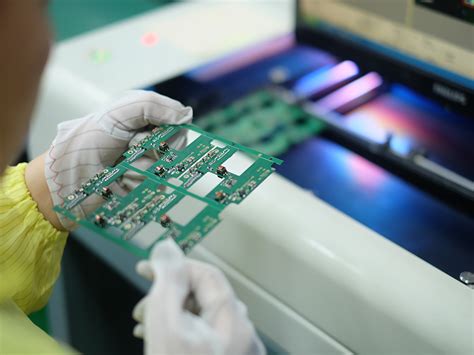
Common Challenges In First Article Inspection Of PCB Assemblies
First article inspection (FAI) in the context of printed circuit board (PCB) assembly is a critical process that ensures the initial production run meets all specified requirements before full-scale manufacturing begins. This process, while essential, is fraught with several challenges that can impact the efficiency and effectiveness of PCB assembly. Understanding these challenges is crucial for manufacturers aiming to maintain high standards of quality and reliability in their products.
One of the primary challenges in first article inspection of PCB assemblies is the complexity of modern PCBs themselves.
As technology advances, PCBs are becoming increasingly intricate, with more components, layers, and connections. This complexity can make it difficult to thoroughly inspect and verify every aspect of the assembly. Inspectors must be highly skilled and knowledgeable about the latest technologies and techniques to accurately assess these sophisticated assemblies. Moreover, the use of advanced materials and miniaturized components further complicates the inspection process, requiring specialized equipment and expertise.
In addition to complexity, time constraints pose a significant challenge in FAI.
The pressure to bring products to market quickly can lead to rushed inspections, increasing the risk of overlooking critical defects or non-conformities. Manufacturers must balance the need for thorough inspections with the demands of tight production schedules. This often requires efficient planning and resource allocation to ensure that inspections are both comprehensive and timely. Implementing automated inspection systems can help alleviate some of these pressures by speeding up the process and reducing human error, but these systems also require significant investment and maintenance.
Another challenge is the variability in inspection standards and criteria.
Different industries and clients may have unique requirements for PCB assemblies, leading to inconsistencies in inspection processes. This variability can result in confusion and miscommunication between manufacturers and clients, potentially leading to disputes or delays. To address this issue, clear communication and documentation of inspection criteria are essential. Manufacturers should work closely with clients to establish mutually agreed-upon standards and ensure that all parties are aligned on expectations.
Furthermore, the integration of new technologies and methodologies into the inspection process can be daunting.
As the industry evolves, manufacturers must continuously adapt to new tools and techniques, such as 3D inspection systems and advanced imaging technologies. While these innovations can enhance the accuracy and efficiency of inspections, they also require ongoing training and adaptation. Keeping up with technological advancements is a constant challenge, necessitating a commitment to continuous learning and development.
Finally, data management and traceability are critical yet challenging aspects of FAI.
The inspection process generates a vast amount of data that must be accurately recorded, analyzed, and stored. Ensuring traceability of this data is essential for quality control and regulatory compliance. However, managing such large volumes of information can be overwhelming, particularly for manufacturers without robust data management systems in place. Implementing effective data management solutions is vital to overcoming this challenge, enabling manufacturers to track and analyze inspection results efficiently.
In conclusion, while first article inspection of PCB assemblies is a vital step in ensuring product quality, it is not without its challenges.
Complexity, time constraints, variability in standards, technological integration, and data management all present significant hurdles that manufacturers must navigate. By understanding and addressing these challenges, manufacturers can enhance their inspection processes, ultimately leading to higher quality products and greater customer satisfaction.

Best Practices For Effective First Article Inspection In PCB Manufacturing
In the realm of printed circuit board (PCB) manufacturing, ensuring the quality and reliability of the final product is paramount. One of the most critical steps in achieving this is the First Article Inspection (FAI), a process that serves as a cornerstone for quality assurance. FAI is a meticulous examination and testing procedure conducted on the initial sample of a production run. It verifies that the manufacturing process can produce a product that meets all specified requirements. To ensure an effective FAI in PCB assembly, several best practices should be adhered to, each contributing to the overall success of the manufacturing process.
To begin with, comprehensive documentation is essential.
Before the inspection process commences, it is crucial to have detailed and accurate documentation, including design specifications, assembly drawings, and a bill of materials. This documentation serves as a reference point against which the first article is evaluated. By ensuring that all documentation is up-to-date and precise, manufacturers can avoid discrepancies that may arise during the inspection process. Furthermore, clear documentation facilitates communication between different teams involved in the manufacturing process, thereby reducing the likelihood of errors.
In addition to thorough documentation, collaboration between departments is vital.
The FAI process is not solely the responsibility of the quality assurance team; it requires input from design, engineering, and production teams as well. By fostering a collaborative environment, manufacturers can ensure that all potential issues are identified and addressed early in the process. This collaboration also aids in aligning the expectations of all stakeholders, thereby streamlining the inspection process and enhancing its effectiveness.
Moreover, employing advanced inspection technologies can significantly enhance the accuracy and efficiency of the FAI process.
Automated optical inspection (AOI) and X-ray inspection are examples of technologies that can be utilized to detect defects that may not be visible to the naked eye. These technologies provide a higher level of precision and can identify issues such as misalignments, soldering defects, and component placement errors. By integrating these advanced inspection methods into the FAI process, manufacturers can achieve a more thorough evaluation of the first article, thereby reducing the risk of defects in subsequent production runs.
Another best practice is to establish clear criteria for acceptance and rejection.
Defining these criteria beforehand ensures that the inspection process is objective and consistent. It is important to communicate these criteria to all relevant parties to avoid misunderstandings and ensure that everyone is on the same page. This clarity not only streamlines the inspection process but also facilitates the identification of areas that require improvement.
Furthermore, continuous improvement should be a fundamental aspect of the FAI process.
After completing the inspection, it is beneficial to conduct a review to identify any lessons learned and areas for improvement. This review should involve all relevant stakeholders and focus on refining the inspection process for future production runs. By adopting a mindset of continuous improvement, manufacturers can enhance the overall quality of their products and maintain a competitive edge in the market.
In conclusion, effective First Article Inspection in PCB manufacturing is a multifaceted process that requires meticulous attention to detail, collaboration, and the integration of advanced technologies. By adhering to best practices such as comprehensive documentation, interdepartmental collaboration, the use of advanced inspection technologies, clear acceptance criteria, and a commitment to continuous improvement, manufacturers can ensure that their products meet the highest standards of quality and reliability. These practices not only enhance the effectiveness of the FAI process but also contribute to the overall success and reputation of the manufacturing operation.

